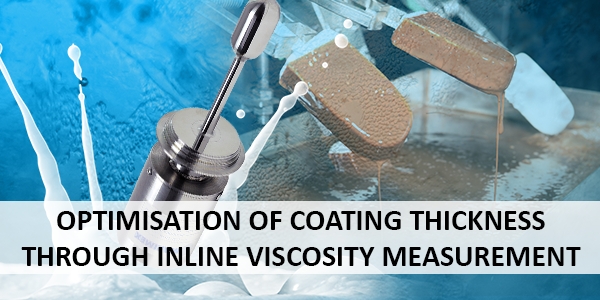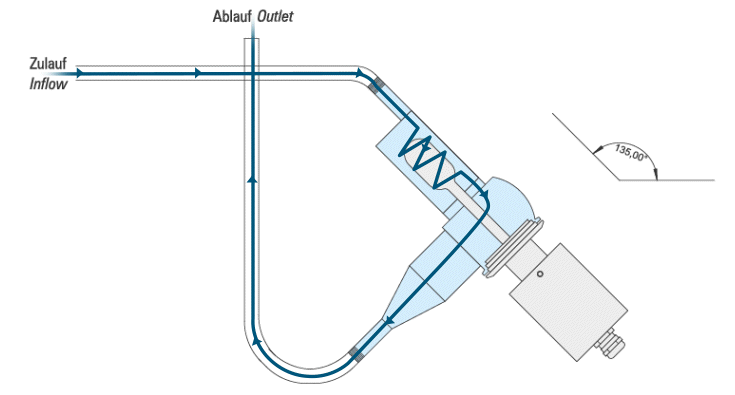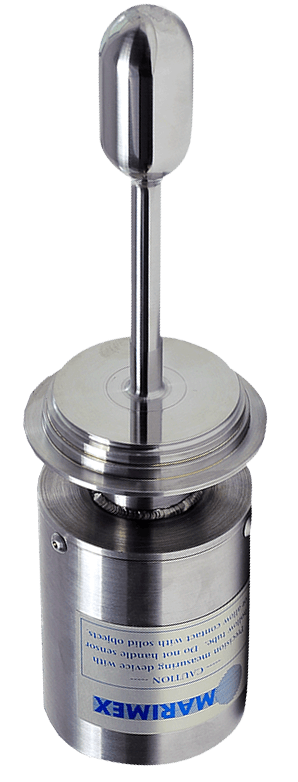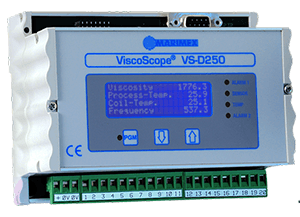
- Written by ZILA GmbH
- font size decrease font size increase font size
Optimisation of coating thickness through inline viscosity measurement
Please note that all information of this article is also available separately as a PDF file for download:
Optimisation of coating thickness through inline viscosity measurement
Process description of synthetic resin coating for mounted point blanks
Mounted points are available in various sizes and shapes for a wide range of applications. The abrasive used is often corundum or silicon carbide. However, the grit size of these materials varies, depending on the specific application.
Twelve mounted point blanks must be inserted into a magazine, which is rotated 180 degrees so that the points are hanging down. After that, these blanks are immersed into an open overflow bath of synthetic resin. The resin used in the overflow bath is pumped in the curcuit through a supply tank. Neither the tank, the circuit nor the bath are heated.

After the immersion, the blanks drop off and a layer of sythetic resin remains. How thick this layer is though, depends on the viscosity of the resin. Then the blanks are "dusted" with corundum or silicon carbide using hot air circulation so that the grains bond to the resin. After "dusting", the blanks are cured and dried in electrically heated chamber ovens with hot air circulation.
Since there is a permanent loss of solvent in the open resin bath, this loss must be compensated; otherwise the required resin layer thickness will be incorrect. In addition, temperature fluctuations within the production hall also influence the viscosity in the bath.
Advantages of real-time viscosity monitoring
- Continuous viscosity adjustment and thus the correct layer thickness
- Resource savings due to optimised (automated) solvent dosing and minimisation of faulty batches
- Reduction of spill cup and lab measurements
- Process documentation
Similar applications:
- Chocolate coatings (e.g. ice cream or nuts)
- Sugar syrup (e.g. pills or bonbons)
- Paints and varnishes (e.g. brake caliper or carpets)
- Adhesives & sealants (e.g. laminate or automotive components)
Installation and configuration of the ViscoScope® viscometer

The sensor is installed in the feed line to the overflow bath inside a Varivent® flow cell. In order to avoid sump formation, the cell is positioned in an angle of 45 degrees and is filled from above. The immersion bath is above the flow cell so that the cell is always filled with resin, due to the siphon effect.


Process conditions:
- Temperature: 15 - 30°C
- Pressure: Up to 3 bar
- Ex area: No
- Process connection: ¾“ tube
- Flow rate: 10 litres / min
- Pump: Diaphragm pump
Configuration of the ViscoScope® viscometer
- Sensor: VA-100C-LT with Varivent® Fitting 50 – 1.4404/316L
- Calibration range: 0 – 500 mPa.s x g/cm3
- Flow cell: Varivent® angle housing type L - DN50 in- and outlet for tube connection; ¾" sensor connection Varivent®
- Transmitter: VS-D250 with 2 analogue outputs (viscosity + process temperature), in control cabinet
